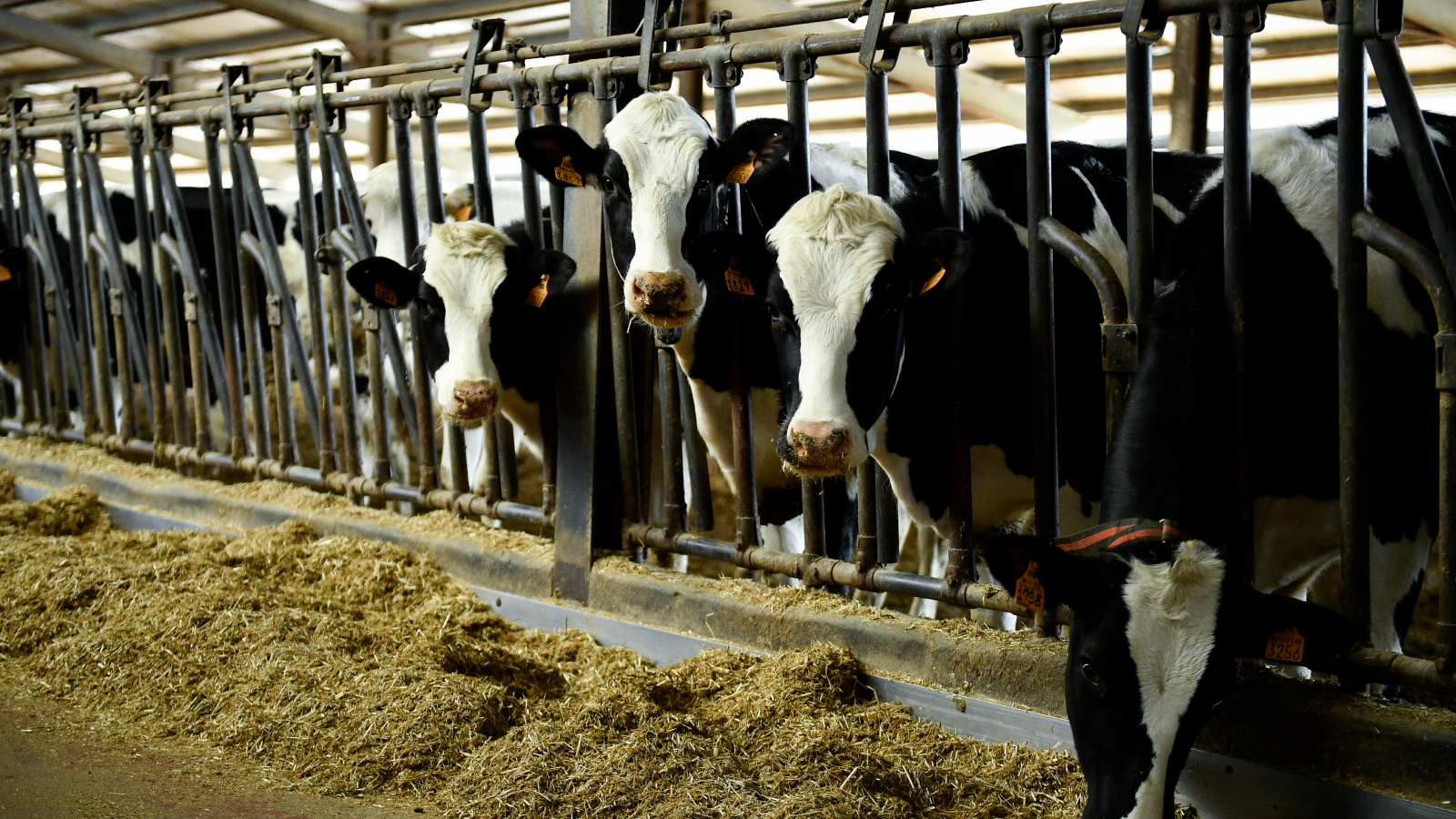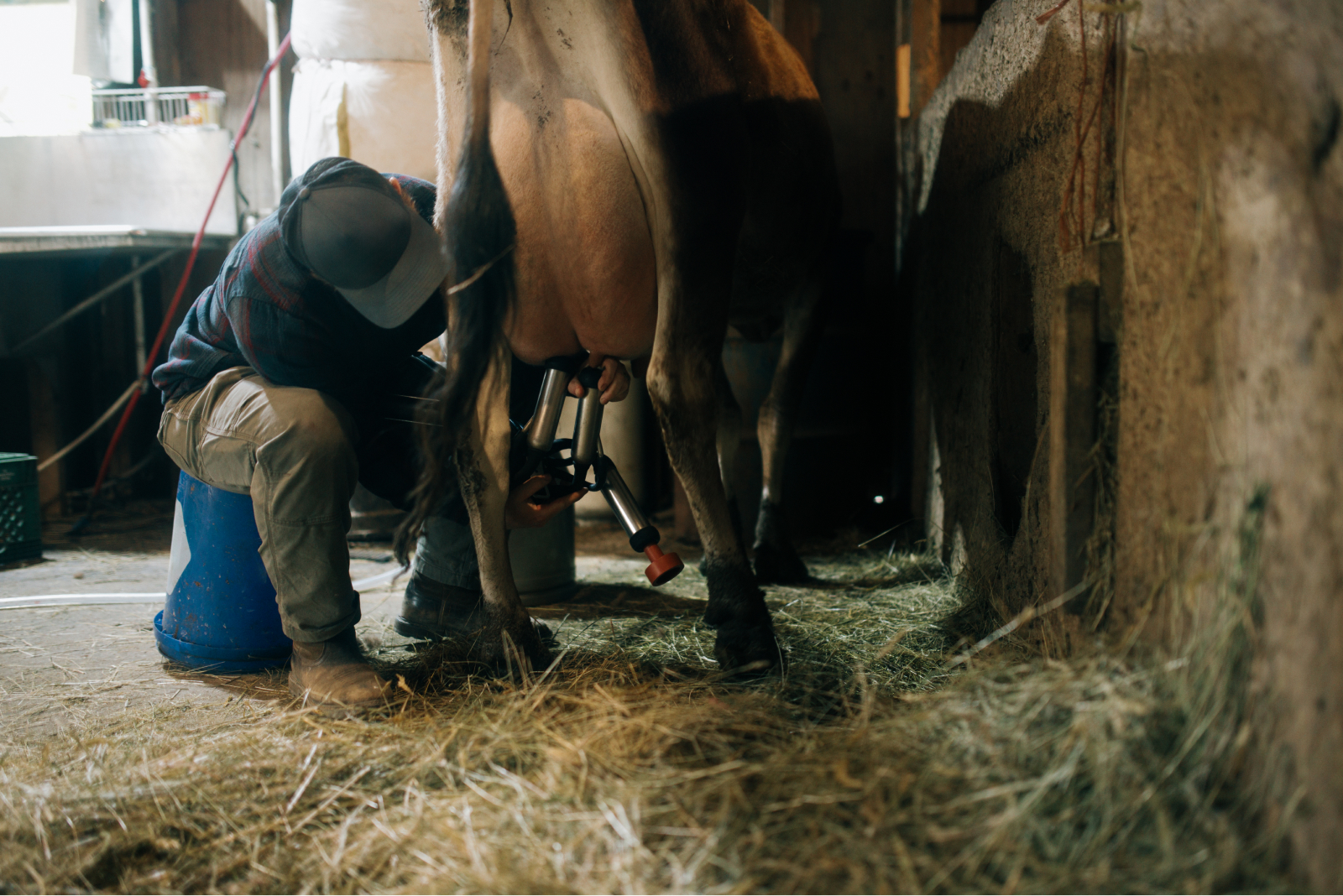
Over a dozen cases of H5N1 have been reported among people in the United States this year. Current evidence suggests this bird flu virus spreads to humans only from infected animals, such as dairy cows and poultry, and not from person to person.
However, the latest case of human infection — reported Sept. 6 by the Centers for Disease Control and Prevention (CDC) — occurred in a person in Missouri who'd had no known exposure to relevant animals.
The CDC has previously stated that there is no evidence of the person passing the virus to close contacts, and says "the risk to the general public from H5N1 remains low." The agency maintained that the risk is low even after two health care workers got sick after interacting with the patient — one tested negative for flu and one has yet to be tested for H5N1 or antibodies.
In an update on Sept. 27, the CDC noted that four more health care workers tending to the Missouri case fell ill with mild respiratory symptoms. Antibody blood tests are currently underway to determine if any of them have H5N1, which would suggest transmission between humans.
"I agree with the CDC that it remains low-risk," said Dr. Nahid Bhadelia, founding director of the Center on Emerging Infectious Diseases at Boston University. "The good news is you haven't seen an uptick in influenza cases," as that would show up in surveillance for seasonal flu, she added. For the moment, that should help quell public concern that this could turn into an outbreak.
Nonetheless, Bhadelia and another expert told Live Science that the Missouri case raises other concerns — namely, that the U.S. is not tracking the spread of H5N1 closely enough to head off a potential epidemic.
Related: H5N1: What to know about the bird flu cases in cows, goats and people
The Missouri case
The Missouri patient was hospitalized in August, marking the country's 14th H5N1 case overall and its first without any connection to sick animals at the person's workplace. The patient, who had underlying medical conditions, experienced chest pain, diarrhea, vomiting and weakness. They were not severely ill during their hospital stay and have recovered.
The patient initially tested positive for influenza A, the broad group of viruses to which H5N1 belongs. This group also includes seasonal flu viruses, like H1N1, but the patient tested negative for those subtypes. Further testing then revealed H5N1.
In a Sept. 13 update, the CDC reported that it had partially analyzed the genome of the virus; there was not enough genetic material for a complete sequence. The results showed that the virus that infected the Missouri patient bears high similarity to those circulating in cattle and hasn't mutated enough to be well adapted for infecting human lungs. Such mutations could pave the way for human-to-human transmission.

Despite these reassuring findings, Bhadelia argues that stakeholders involved in preparing for possible pandemics should find the Missouri case alarming.
H5N1 has been circulating among birds in the U.S. since 2022, jumping into various mammals — including cows — since its introduction. The Missouri patient's infection likely came from infected cows but happened in a state that has not detected the virus in cattle, Bhadelia noted, even though Missouri has historically detected 600,000 infections in poultry. Infected herds may have slipped under the radar.
Seema Lakdawala, an associate professor of microbiology at Emory University who researches H5N1, said not enough cattle are undergoing tests to chart the virus's geographic distribution.
"The USDA [Department of Agriculture] is not doing enough testing — full stop," she told Live Science. "We do not have a good handle on how many cows are actually infected because there is no universal testing of dairy farms." As of July 12, Missouri had only tested 17 of their approximately 60,000 dairy cows, The Missouri Independent reported.
Related: 'Increased evidence that we should be alert': H5N1 bird flu is adapting to mammals in 'new ways'
Remaining unknowns
The CDC has not identified the source of transmission in the Missouri case. One possible source involves consuming raw (unpasteurized) cow milk, which the CDC warns against.
"An infected cow can have ten to hundreds of millions of particles of infectious virus per milliliter [of milk], and these animals are producing gallons of this," Lakdawala said. It's not known whether someone could catch bird flu from drinking raw milk, but the product can spread other germs. Raw milk left on milking equipment may be a way dairy workers get exposed.

Humans could be another theoretical source of H5N1 infections — but as far as experts know, the virus has never spread between people. "One way I think we can clarify it is to rule out the human component by doing serologies [antibody tests] on everybody around the patient," Bhadelia said.
One household contact of the Missouri patient developed "similar symptoms" the same day but was not tested for flu. Blood from that individual is now being tested for antibodies. Based on the timing of their illnesses, it's likely that the patient and household contact were simultaneously exposed to the same source of infection, rather than spreading the virus to one another, Lakdawala said. The CDC has said the same.
Public health laboratories mostly test for H5N1 in people exposed to animals suspected of carrying the virus. If they detect H5N1, they ship the samples to the CDC for confirmatory testing. The CDC said it's partnering with biotechnology companies to enable earlier and more widespread testing.
The CDC has also scaled up surveillance of the virus among people who interact with farm animals. Last week, it worked with the Ohio health officials to test veterinarians for antibodies while they'd congregated for a conference. Positive tests would help reveal which vets have previously been infected.
Lakdawala argues that the USDA still needs to do more to understand how the virus spreads among cattle. "What the USDA needs to be doing right now, in my opinion, is working with all the state veterinarians and state agricultural departments," she said. They should go into every farm and bulk-test milk tankers, she proposed.
Only 50 herds from 14 states have been enrolled in the USDA's voluntary Dairy Herd Status Program, which bulk tests milk tanks each week. Missouri has not participated.
Editor's Note: This story was updated on Monday, Sept. 30 at 3:00 p.m. EDT to note that four more health care workers showed respiratory symptoms after caring for the Missouri case, and that antibody testing will help determine if person-to-person transmission of H5N1 is occurring.
This article is for informational purposes only and is not meant to offer medical advice.
Ever wonder why some people build muscle more easily than others or why freckles come out in the sun? Send us your questions about how the human body works to community@livescience.com with the subject line "Health Desk Q," and you may see your question answered on the website!







